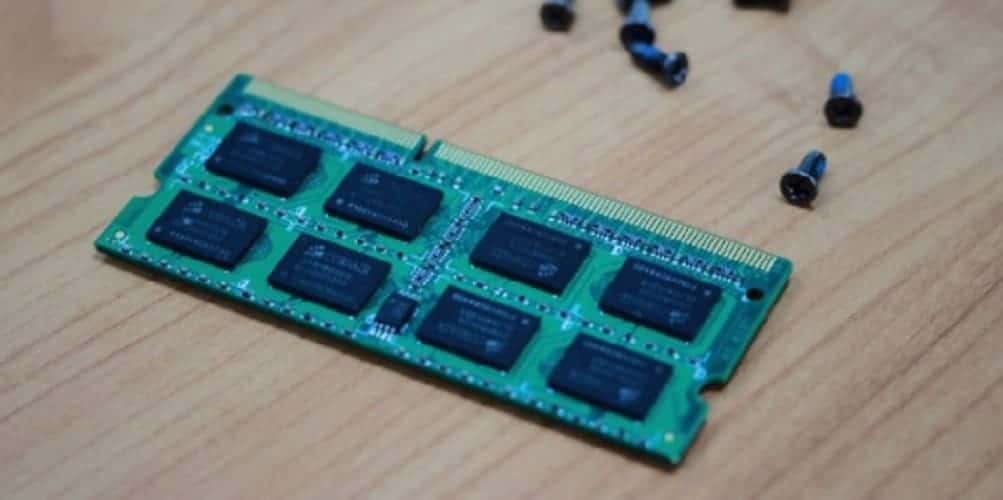What is RAM?
We explain what a RAM is, what it is for and how it works. In addition, the types of RAM and their characteristics.
What is RAM?
In computer science , RAM (acronym for Random Access Memory , or Random Access Memory ) is a type of operational memory of computers and computer systems, where most of the software will be run: the operating system itself, the software application and other similar programs.
Its name comes from the fact that information from it can be recorded or retrieved without the need for a sequential order (as is the case in ROM or Read-Only Memory ), but RAM can be accessed in the most Fast possible, with equal waiting time for any memory location.
The RAM is also a form of temporary memory, which when turned off or restart the system is blank again. This considering that at the beginning of the system the basic operating modules (such as the POST or the BIOS), often registered in ROM, make a check of the RAM to ensure that it is operational and that the necessary software can be dumped into it Start the system.
This type of memory is not always soldered to the motherboard (in video game consoles, for example, it is), but it rests on removable and replaceable printed circuit boards in it, known as RAM Modules . Each module has a number of memory chips and a specific capacity, currently measured in megabytes (1024 kilobytes) or gigabytes (1024 megabytes).
-
RAM types

Today there are two different types of RAM memory:
- SRAM . Acronym for Static Random Access Memory (ie: Static Random Access Memory ), designates a type of memory that is based on semiconductors and capable of maintaining data without the need for cooling circuits, as long as it is kept powered. Of this type are NVRAM ( Non- volatile Random Access Memory , or non-volatile RAM) and MRAM ( Magnetoresistive Random Access Memory , or magnetic RAM).
- DRAM . Acronym for Dynamic Random Access Memory (that is: Dynamic Random Access Memory ), it bases its technology on capacitors, which when gradually losing charge, require a refreshment circuit that checks their load and replenishes it. It was invented in the late 1960s and is the most commonly used type, because it allows modules to be created with a high position density and high recovery speed. Of this type are the Asynchronous DRAM and SDRAM ( Synchronous Dynamic Random Access Memory , or DRAM synchronous) memories .
-
What is RAM memory for?

As said before, RAM is the operating memory of the computer system. It is the place where the various programs are going to run and remain active, from the operating system itself to the applications we use.
That is why it can happen that by keeping too many applications active simultaneously, the system’s RAM capacity is depleted and this has an impact on the quality and computation capacity.
The RAM memory is electrically connected to a memory concentrator device, which manages the incoming and outgoing signals thereof, usually consisting of three types of instruction: addressing, data and control signals.
-
RAM and ROM memory
The differences between RAM and ROM have to do with:
- The RAM is always open to intervention and information retrieval, at any time, while what is stored in the ROM can only be recovered and not intervened.
- The RAM allows indiscriminate access to information, from any position or moment; while ROM requires sequential access to it.
- RAM is much faster than ROM, so the data contained in the latter is often sent and executed in the former.
- The RAM is removable, upgradeable, replaceable, while ROM modules are usually installed or welded to the motherboard by the computer manufacturer itself and cannot be manipulated by the user.





